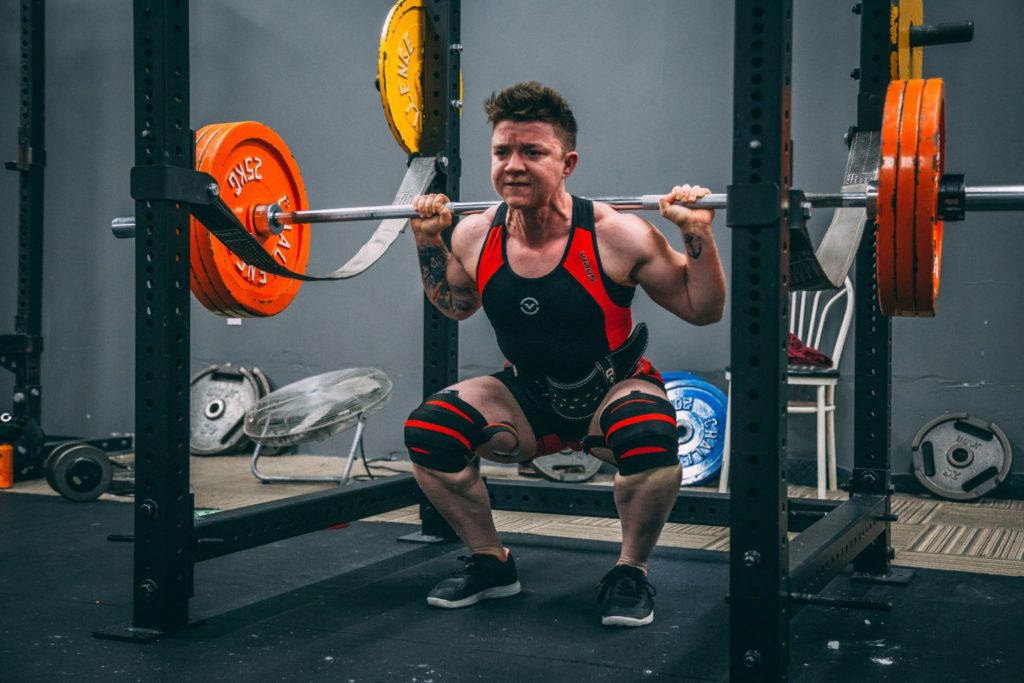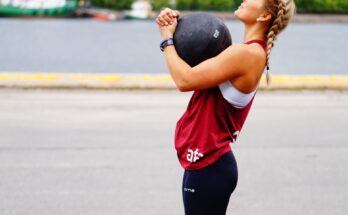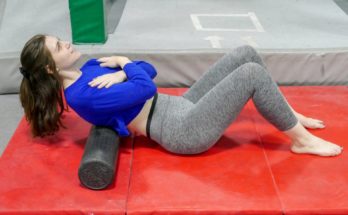
Choosing the correct weight for your exercises can be a confusing decision, but by understanding a little more about how you are training, it can be very accessible. Your body responds to stress. An e
Reps and sets

A repetition is one complete movement of an exercise. One bicep curl, one tricep extension, one leg press, one squat. A set is a group of repetitions. In exercise, we will perform several sets of an exercise consisting of a number of repetitions. The number of repetitions will influence your results!
In order to choose a weight, we must decide what rep range we are going to perform. Your decision should reflect on your goal. The weight you choose should be heavy enough to fail within your desired rep range. For instance, if you choose an exercise to perform for 3 sets with 10 repetitions, the weight should fatigue you to failure at around 10 repetitions! In exercise, failure is a success!
A good benchmark for assisting you in determining the weights you should be using is your one-rep max (1RM). Your one
Let’s take a look at how different rep ranges affect your results:
1-5 repetitions (90% of 1RM) – Heavy sets
Because we are always choosing a weight that will cause us to fatigue and fail within our rep range, 1-5 reps infers a lot of weight! Think about it, if you are failing by 5 reps, that weight has to be really heavy to tire you. 5 repetitions might be over in 15 seconds or less!
A heavy
Strength athletes, powerlifters, strongmen all focus on heavy sets in their training. They want to be able to maximize how much weight they can lift on a few specific exercises for their competitions.
Training in heavy rep ranges is extremely exhausting and depletes your body’s energy stores rapidly. Because of this, the rest you take between sets should be sufficient enough to allow you to regain as much strength as possible. It
Generally, we are aiming for a weight of up to 90% of our one rep max. Heavy sets are performed explosively, focusing on moving the weight as fast as possible without compromising your form.
8-10 repetitions (75% of 1RM) – Muscle building
A set consisting of 8 – 10 repetitions would usually consist of medium weight. A medium-weight set tends to maximize time under tension – the amount of time your muscle is working for without sacrificing too much strength. A medium
8-10 rep sets will cause your body to build more muscle. Muscle does NOT equal strength, and the physique of someone who trains medium sets is going to be a lot different than someone who trains heavy sets. This is the difference between a bodybuilder, for example, and a powerlifter!
You will get stronger performing medium weight sets but not to the same degree as heavy sets. Medium weight sets are great for longevity and avoiding injury because they are performed with a weight of about 75% of your one
Medium weight sets are usually executed at a moderate tempo, focusing on contracting and squeezing the muscle and earning that burning sensation you get from resistance exercise! To capitalize on this rep range, rests are restricted to 45 seconds – 1 minute.
12-15 repetitions (50-65% of 1RM) – Muscle endurance
Repetitions in the 12-15 range are for building muscle endurance! A set in this range might take a minute and a half to complete, and is best for developing stamina!
Many long-distance athletes benefit from this rep range as it will compl
In order to perform an exercise for a longer amount of time, it’s a given that the weight chosen must be lighter than a medium or heavy set. High rep sets are performed with 50-65% of your 1RM for this reason.
High rep sets are usually performed at a quick but consistent tempo with minimum rest (under 45 seconds). High rep sets are usually less depleting and energy-taxing in a workout environment compared to medium or heavy sets.
Choosing a goal

Even if you understand what different rep ranges will yield you, and how to choose the right weight, you might not know how to incorporate this knowledge into your routine. Creating a program can be complicated. Depending on your goal, your program will most likely include all forms of rep ranges and weights throughout a cycle of training.
You can read more about creating a program here, and this is a good place to get started designing a strategy for your goals and particular muscle imbalances.
Someone recovering from an injury is going to emphasize a different rep range than someone training for a sport or event.
Other training strategies to consider

Calisthenics – Calisthenics are body
Power training – Power training is about moving weight as fast and explosively as possible. Its generally performed with 50% of your 1RM and done in a higher rep range (12-15+). The intention of power training is different than your standard light-weight muscle endurance set. Power training is a great compliment to strength training. Power training utilizes implements like medicine balls, battle ropes, sandbags,
Stability and balance – Balance and stability training is great for ramping up into a more exerting training phase or
HIIT training – This style of training consists of exercises back to back with no rest in between. This is a form of cardio and its important to understand that when performing an exercise like this, the emphasis is on heart rate and burning calories. Often when performing HIIT, resistance exercises are used. These exercises won’t fall into a heavy, medium or lightweight set because the goal is to maximize heart rate to burn calories. Even though weights are used, HIIT does not prioritize building muscle, or strength, but will increase stamina and endurance.



